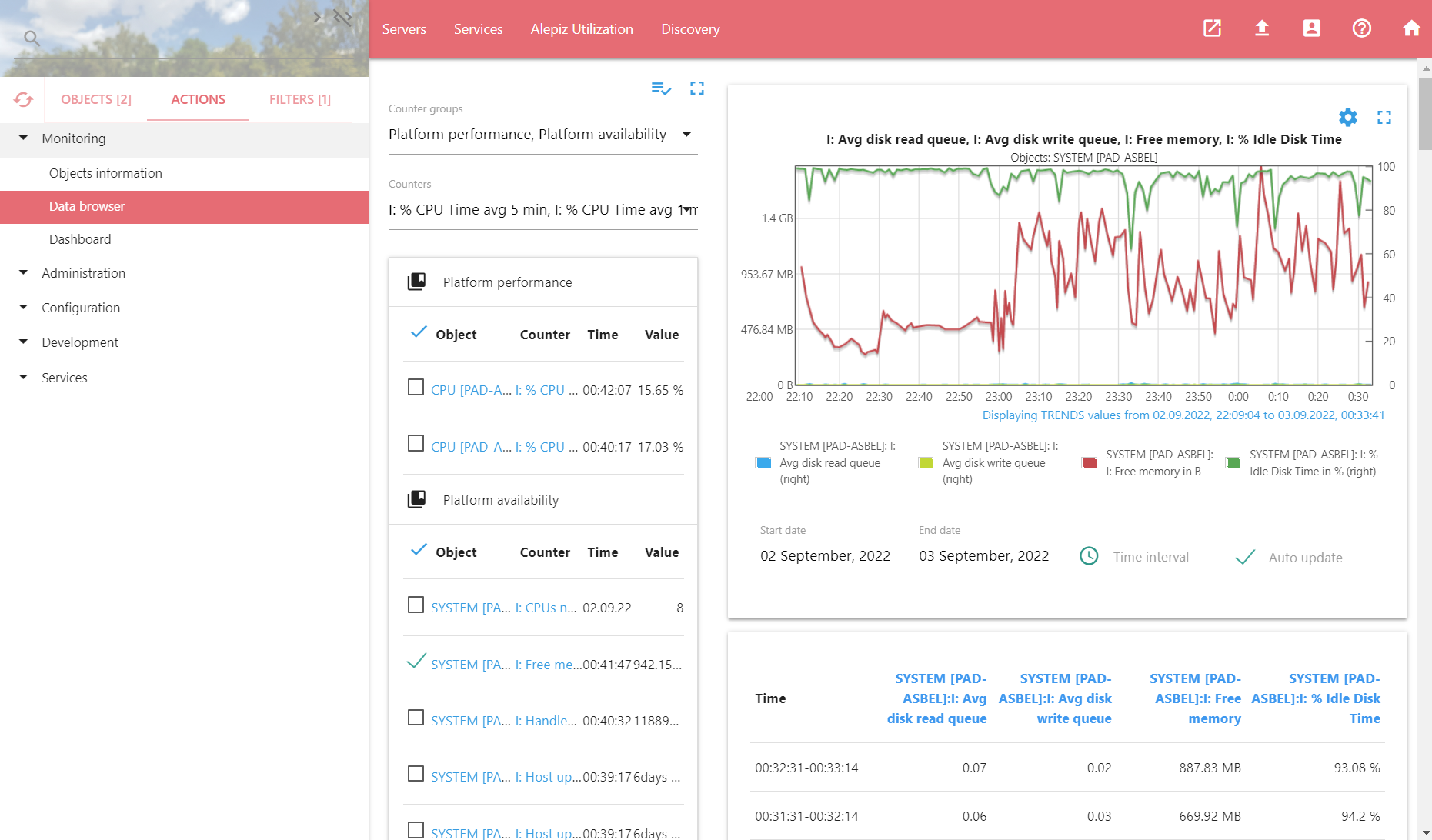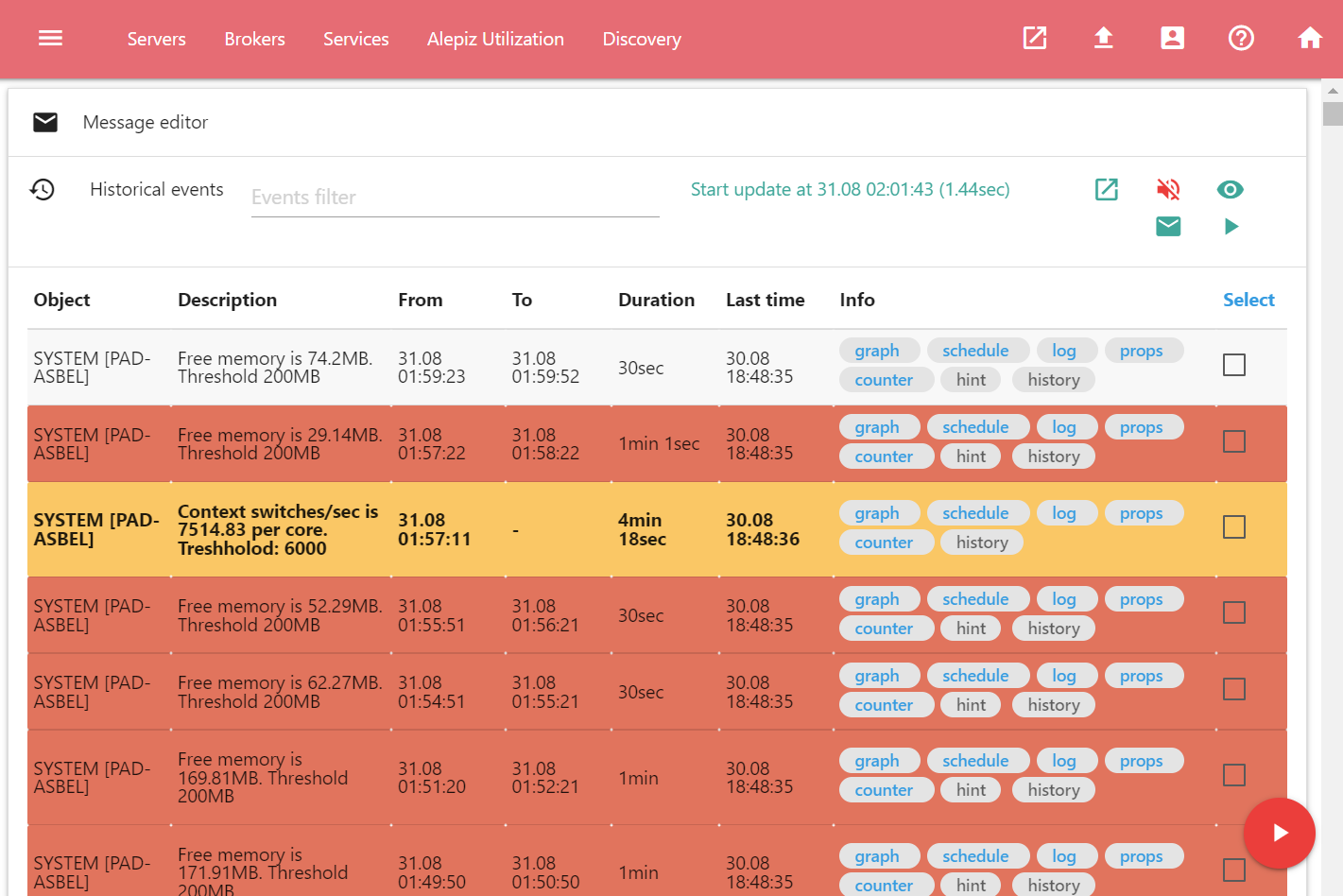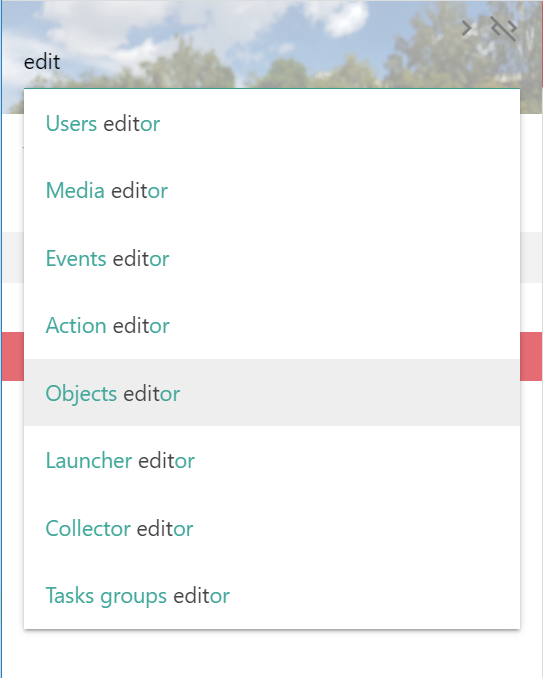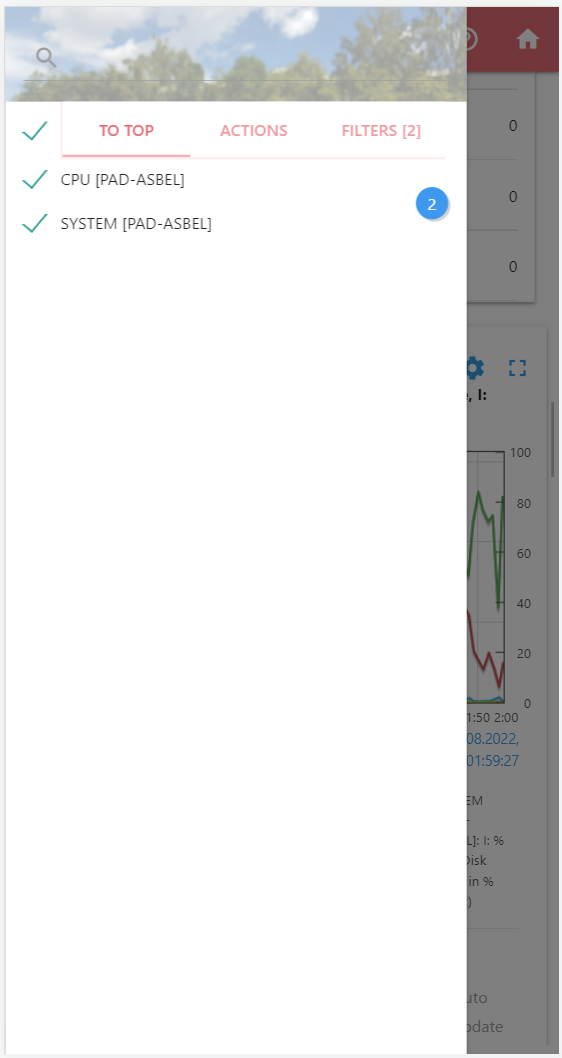Overview of ALEPIZ
ALEPIZ is designed to organize monitoring and automation of infrastructure processes. Due to the fact that ALEPIZ combines monitoring and automation, it is possible to set up a system where all processes will be logically interconnected based on monitoring data. This approach implies that automation processes will be launched depending on the current state of the infrastructure.
For example, packing of log files will be automatically started after a complete shutdown of the service according to a schedule based on information received from the monitoring system. The service files will be backed up after the log files packing operation is completed. Automatic update of the service to the new version will be performed immediately after receiving information about the end of the backup process. Until the service update process is completed, the automatic start of the service will not be performed.

Key Features
After installation, ALEPIZ is immediately ready for use. It includes all necessary components, including a Web server and a database server. For its functioning, the system does not require the installation of additional software.
ALEPIZ can be quickly prepared for use in a small infrastructure by manually creating static monitoring objects without having to deeply study the system and develop your own components.
With ALEPIZ, you can customize the maintenance of an extensive infrastructure by combining all its parts into a single whole, automating various processes and developing new components for its maintenance.
ALEPIZ allows you to achieve high performance and serve a large number of processes through the use of parallel computing, an asynchronous system core and components, a productive database, and the use of smart caching.
ALEPIZ's smart algorithm for skipping similar data allows you to reduce storage requirements by five or more times without sacrificing information content. Due to the fact that some of the similar data is not processed, the load on the computing core of the system is reduced, allowing the use of fewer server resources.
Access to ALEPIZ, all settings and system management is carried out through the Web interface. The interface automatically adapts to work on desktop PCs, tablets or smartphones, depending on the screen size, resolution and input method

Maintenance of non-standard infrastructure
If the infrastructure being served cannot be managed by standard means, ALEPIZ provides the opportunity to develop new components. Component development tools and documentation for their creation are built into ALEPIZ. Open source existing components can serve as an example.

Features of the monitoring system
ALEPIZ has a built-in monitoring system that allows you to collect and store historical data supporting various information collection protocols. Setting up a monitoring system is based on creating dependencies between meters that collect data. For example, it does not collect the application data of a service if it is stopped. Therefore, the counters that collect application information about the service must depend on the counter that collects information about the status of the service. If the status of the service indicates that the service is stopped, the start condition for child application data collection counters will not be met and they will not start. Even data collection, standard for monitoring systems, at time intervals is configured as a dependence on a counter that generates signals at certain time intervals.
Dependencies between counters are also used to generate events. They can, for example, be configured in such a way that the counter that generates the event is triggered after the received values from the parent counter have exceeded the set threshold. For example, you can set up a dependency so that when the amount of free memory on the server drops to 1Gb, a counter will be launched that generates the corresponding event. A warning will appear on the Dashboard, which, if necessary, will be duplicated by voice. Administrators will be notified by e-mail and/or other means.
All collected historical data is available for further viewing and analysis. To prevent the database from growing indefinitely, a system for cleaning old historical data is provided. For quick access to a large amount of data, a trend system is used that stores only the arithmetic average of historical data values for certain time intervals.
System maintenance tasks can be launched based on the analysis of the system state according to the received historical data collected by the built-in monitoring system.
In the absence of means for collecting data, for example, if the application system returns them in a non-standard way, ALEPIZ allows you to develop and connect a new collector adapted to the application system.
Data throttling algorithm
To reduce the load on the computing core and disk subsystem, ALEPIZ uses an intelligent algorithm to data throttling. When a new value is received, the collected data is automatically analyzed and if the new value does not differ significantly from the data that was received before, it will not be processed by the ALEPIZ computing core and will not be written to the database. For example, the amount of RAM on the server is collected every 30 seconds and usually changes slightly. ALEPIZ will analyze the changes and skip up to six similar values received from the counter. This allows you not to occupy disk space with the same data, while having a complete picture of historical values. If necessary, throttling settings can be reconfigured or disabled for any collector that supports it.
ALEPIZ components
The modular architecture of ALEPIZ consists of a core to which various components are connected. Below is a description of the types of components that can be connected to ALEPIZ. If necessary, you can develop your own components of any type.
Collectors
ALEPIZ allows you to collect and save data from various systems. A collector is used to collect each type of data. For example, ALEPIZ can collect data about hardware operation via SNMP protocol or operation system data and software operation from Zabbix agents, check availability and response time of services on the network by connecting to a remote service port via TCP/IP or analyze the response time of hosts using the built-in Ping collector. It is also possible to find new hosts on the network using the Objects discovery collector, automatically generating infrastructure monitoring. You can report events based on collected data threshold violations or, for example, run tasks when certain conditions are met.
If necessary, you can develop your own collector, which will take into account the architecture of the used system and collect the necessary data from it or generate your own.

Actions
ALEPIZ allows you to perform certain actions. You can perform an internal action, such as creating a new monitoring object in ALEPIZ, or an external one, such as starting a service, or packing log files, or updating a service. In addition, the action can be used to view information, for example, you can view a log file or data collected by the built-in monitoring system. Using the action, you can connect to a remote server using the RDP or ILO protocol.
You can develop your own actions that will be used in the maintenance of any non-standard infrastructure.

Launchers
To run actions, are used components that allow them to be launched, depending on the architecture chosen for the action. Such components are called launchers. An example of a launcher is a module for connecting and launching a JavaScript file written in nodejs, or launching an external program that will be passed the necessary command line parameters, or executing the program on a remote server via the SSH or WMI protocol.
If the existing launchers in ALEPIZ are not enough, you can develop a new one yourself.
Communication medias
Communication medias are used to communicate with users. The means of communication can be email, SMS, voice notification, and so on. Actions and collectors can use communication medias to transfer various information to users of the system. For example, it can be events that have occurred in the operation system or a change in the status of a task.
If the communication medias existing in ALEPIZ is not enough, you can independently develop a new one.

Entities of ALEPIZ
The ALEPIZ architecture is as simple as possible to understand. It has three built-in entities that perform infrastructure maintenance. These are objects, counters and tasks.
Objects
Objects are any entity that can have a name. An example of an object could be the name of a server from which monitoring data is collected, or a group that contains other objects (for example, object Servers that contains servers of an organization), or a template that stores standard properties for quickly creating new objects.
Counters
Counters are entities that are used to collect or generate data using collectors with certain parameters. For example, the Ping collector needs to pass a hostname as a parameter. For each counter, a collector is selected and the required parameters for data collection are configured. The counter is always connected to one or more objects. For example, a counter that collects the amount of available RAM can be connected to objects responsible for monitoring the organization's servers. Counters can depend on each other. Data is collected only when the necessary conditions are met. For example, it doesn't make sense to collect data about a process's memory consumption until the process is not running. The generation of various monitoring events is also based on counter dependencies.
Tasks
Tasks are actions grouped into a sequence. For example, it can be the creation of a new ALEPIZ object and the connection of counters to it to collect the necessary information. Or update the service files and run the SQL script to modify the database structure. Tasks can be launched in various ways, for example, manually or by some condition, or by creating a special counter for this.

Integrated data processing system
In addition to collecting data, you can perform data processing. ALEPIZ contains functions for processing historical data and for creating expressions that process data. If necessary, JavaScript code fragments can be included in the data processing process. The resulting values can be used in both parent and all dependent counters. Collectors and tasks can also receive parameters that are generated dynamically.
